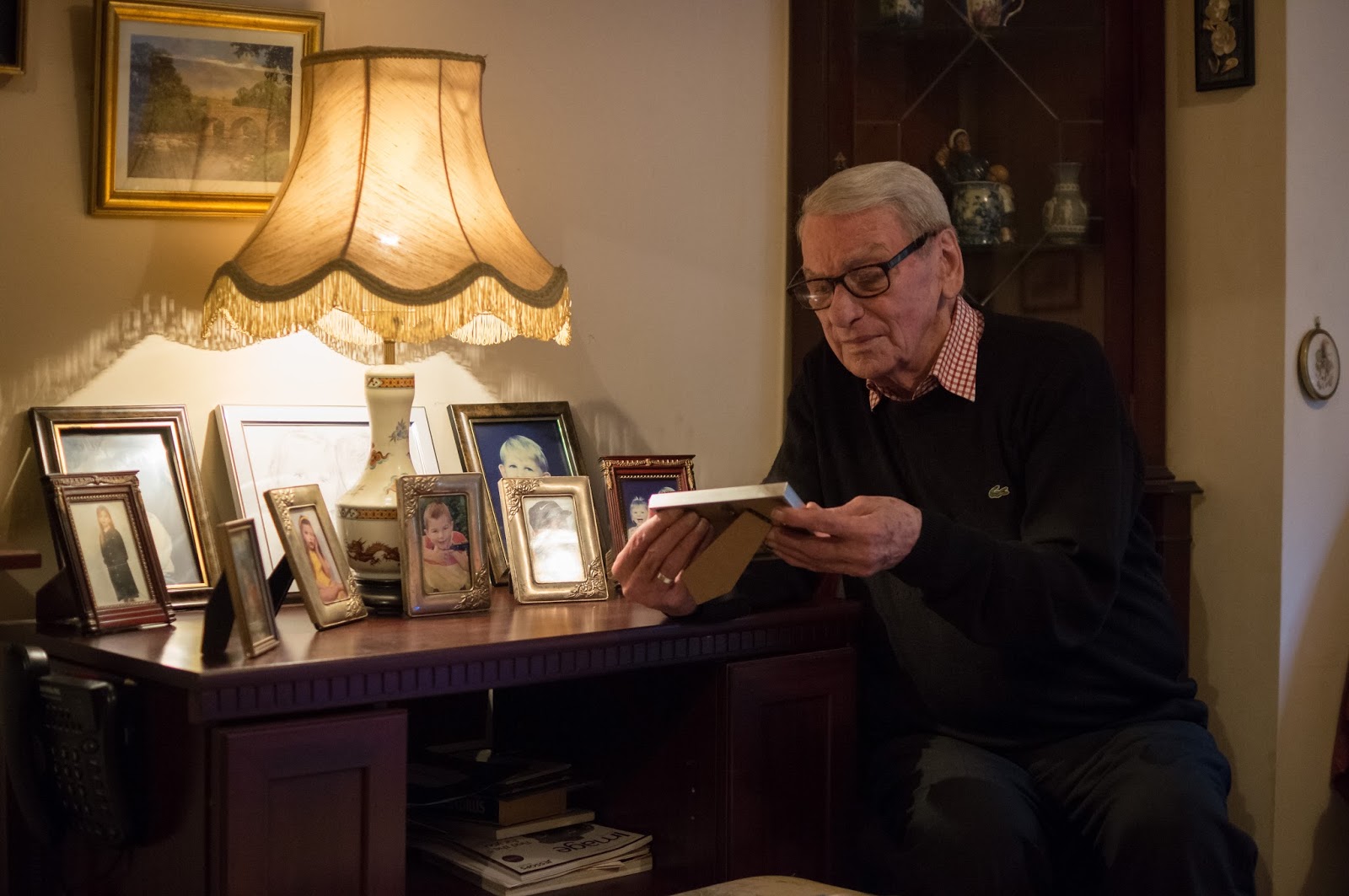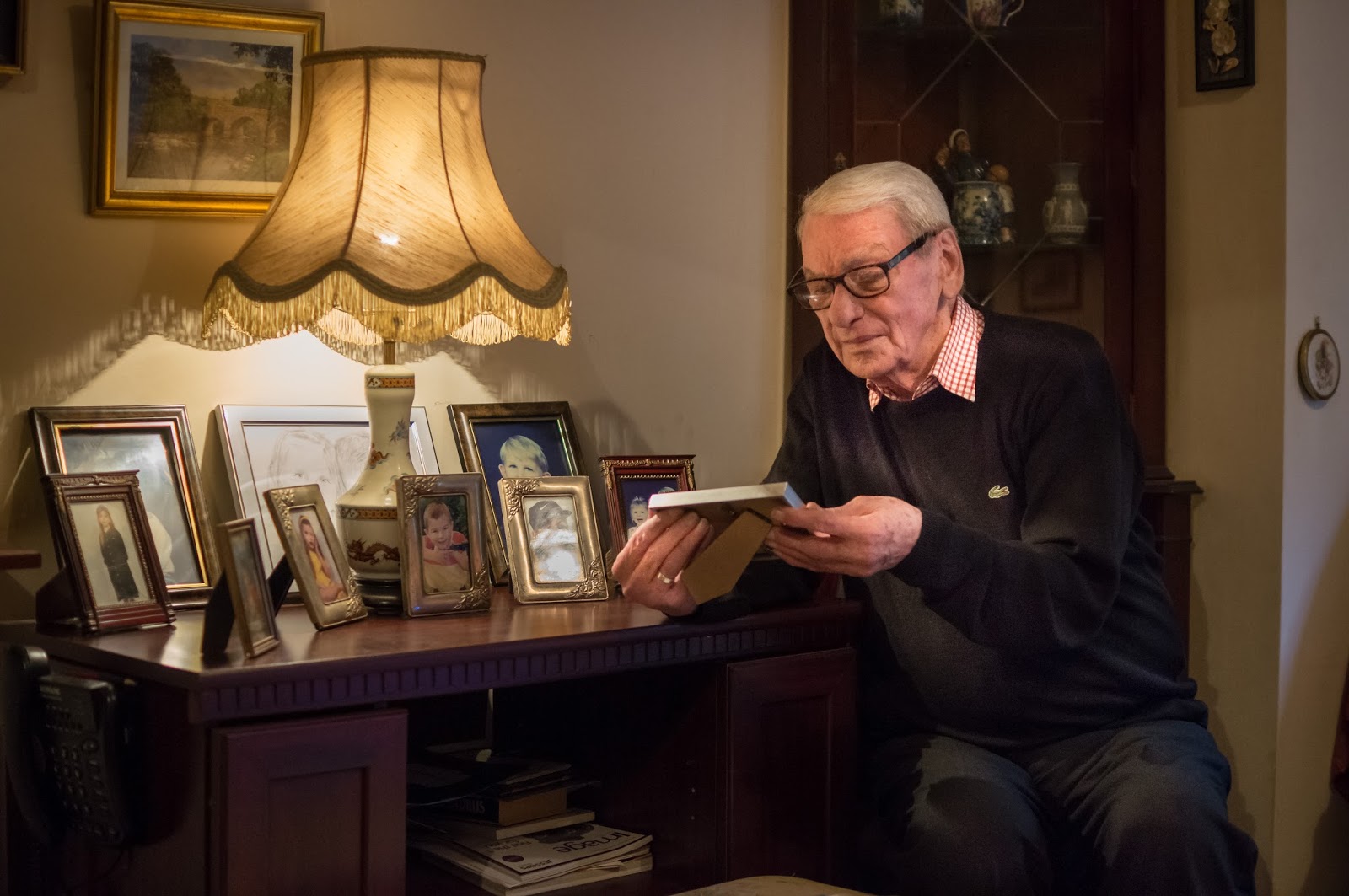Deciding where an image is dark or light in desirable areas/areas of interest is quite a human element of interpretation, involving discretion and integrity, I thought. These are very difficult elements for an automated process to replicate but for a human it would be often quick and natural. So it is already starting to question ethics based around humans using automated processes commonplace in programs such as photo-editing software on a computer. This is because these programs can quite easily be taken for granted. So, as a human you are already assuming the viewer - also human - is familiar with such automated processes, even though they may not be sure how it’s been done.
 |
| Photograph 1 (unedited) |
We are using the software on a ‘human level’ - used by humans, for humans and, importantly, designed by humans. This brings into question the degree of digital editing because many people don’t have photographic/computer-oriented backgrounds and ultimately when they see a photograph that has been ‘heavily’ edited, they easily begin to question its validity/realness. This could not only affect detrimentally the impact of the photograph but also make the person unsure on their stance of whether the photograph is acceptable for them.
I thought this is where the photographer themselves becomes responsible for creating an image (and knowingly utilising software that changes enough the final image), where they themselves created the image originally and are so the owners.
For my example I chose to shoot my subject in a natural environment. The only lighting was mainly a lamp (visible in the photograph), with a small amount of natural light from the window. While I was aware that one of the advantages of 'dodging and burning' in digital photography was that you had fine control over a lot of settings like white balance and noise/sharpening, as well as exposure, I felt mainly dodging was appropriate in this image. This was after I had taken the picture and was reviewing it on my computer.
However, I employed some fairly intricate ''dodging and burning' techniques involving adjusting exposure. For example I used two radial filters - one of them standard and one inverted - inside Adobe Lightroom in order to darken everything around my subject and lighten up the general area my subject was sitting at respectively. This technique was a 'classic' tool for dodging and burning used even in the film days: 'classic old-school darkroom thinking at its finest: dodge the subject, and burn the outside edges.' - Miele, J. (2013), which I had learnt about from Miele's article: 'Photoshop Gradient Tool: Part 2 - Adjusting Images' on the 'Digital Photography Review' (
http://www.dpreview.com/articles/2268382985/photoshop-gradient-tool-part-2-adjusting-images/2) website. I basically performed the equivalent of 'A Simple Variation of the Gradient Tool' in his article, except with Adobe Lightroom rather than Adobe Photoshop.
In addition to this I manually selected areas of my subjects' clothes and face using Adobe Lightroom's 'adjustment brush' tool I thought would benefit from primarily dodging. This was mainly to show off the light falling from the lamp lighting. There was also a little bit of burning alongside the dodging on his face - improving contrast. While it was true that an automated selection process of the software might have been able to select the rather dark clothing on my subject, the face was of much the same exposure and hues as other parts of the image. This therefore necessitated my intervention to select only his face to dodge/burn as it was obvious to me which areas I wanted lightened/darkened but not to the software.
 |
| Photograph 1 (selectively dodged and burned) |
This dodging and burning of the face in particular was perfectly reasonable to me and was useful ultimately in making the subject stand out more from the surroundings. One of the reasons it was acceptable was that it still looked realistic to me and for the prospective viewer. If the dodging and burning or saturation adjustments or white balance or sharpening/noise adjustments were so strong however that it was obvious to me and the prospective viewer that the legitimacy of the photograph was questionable, my opinion (and maybe the viewer's) would change. This relates back to how a photograph being interpreted by another human relies heavily upon their perception of what is acceptable in a photograph. By selecting a part of the image manually like in my example and selectively dodging and burning, the prospective viewer is interpreting the final photograph as something natural and at the same time an improvement over the non-processed original, as long as the processing is realistic enough. I personally don't have a problem with this but I could see that altering the image in such a way that a non-photographic oriented viewer interprets the photograph differently to how they might have before it was processed could raise issues of whether the photograph (or photographer) was somehow 'lying' to its audience.


No comments:
Post a Comment